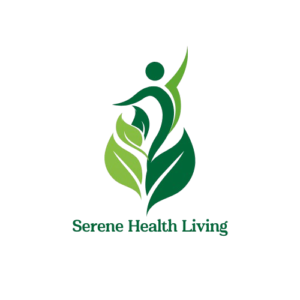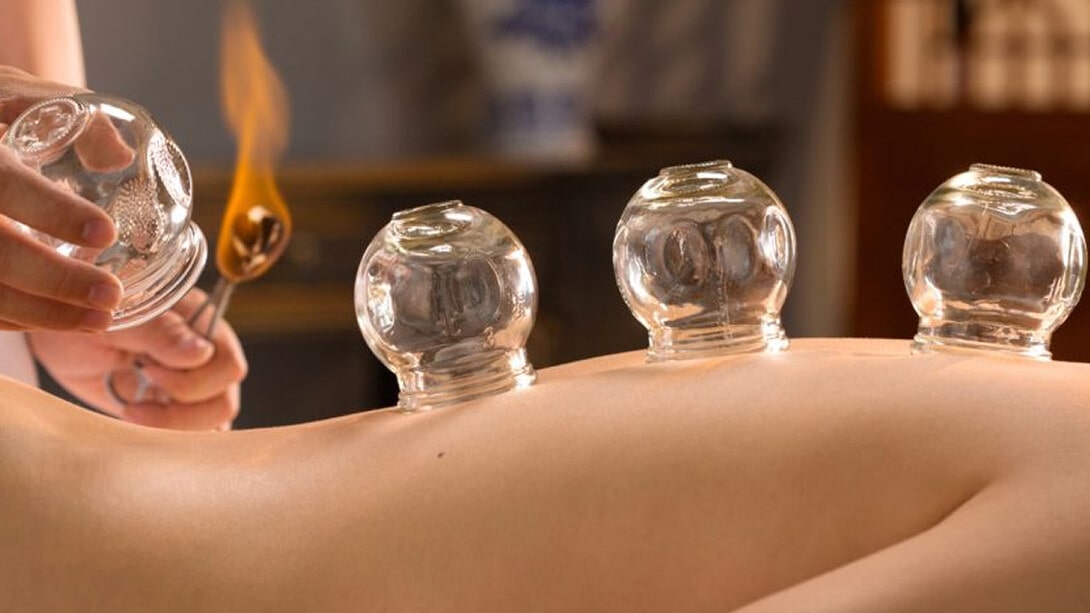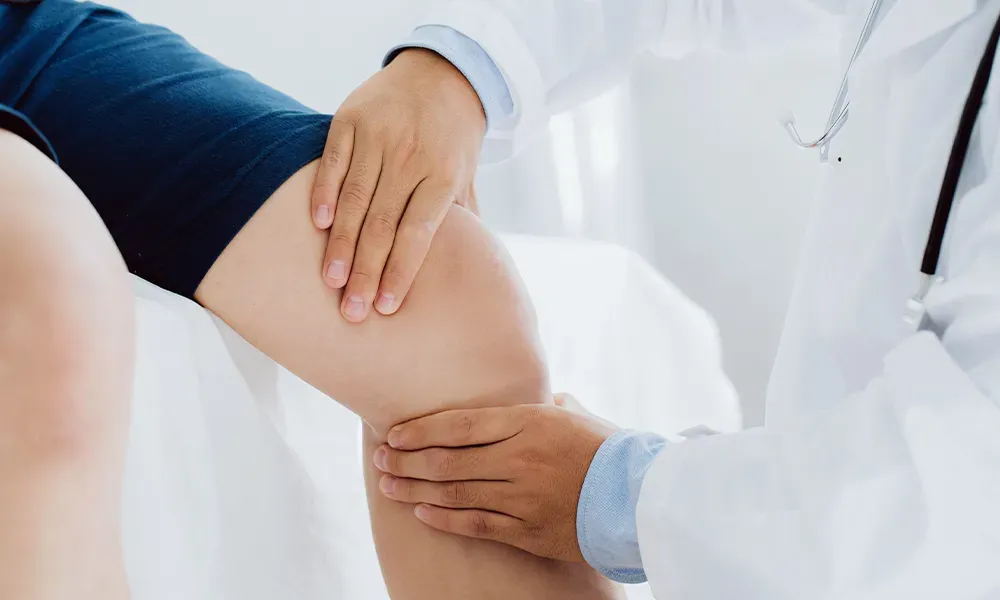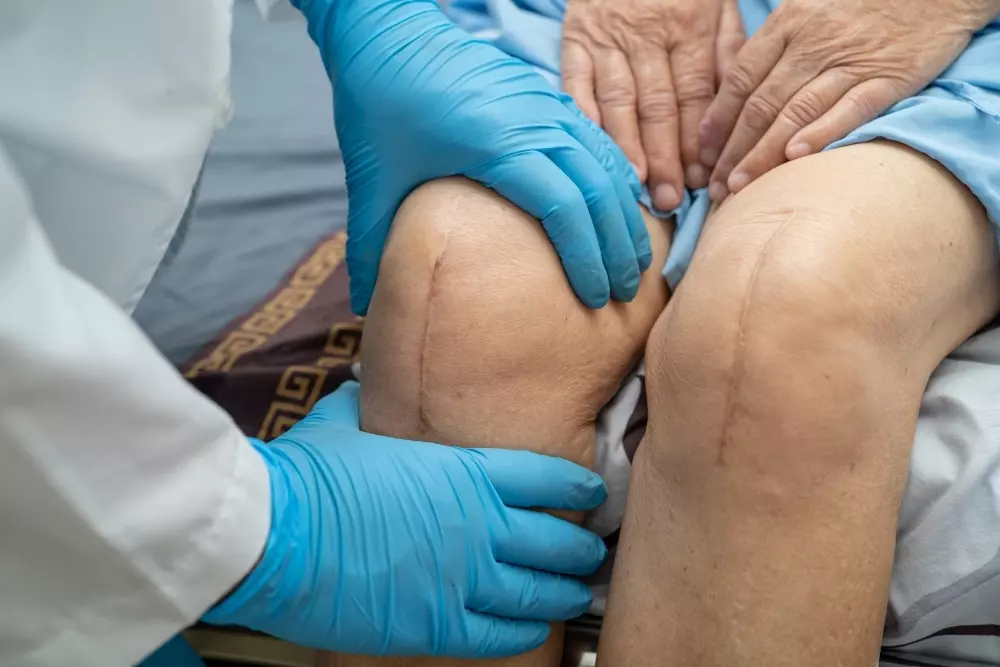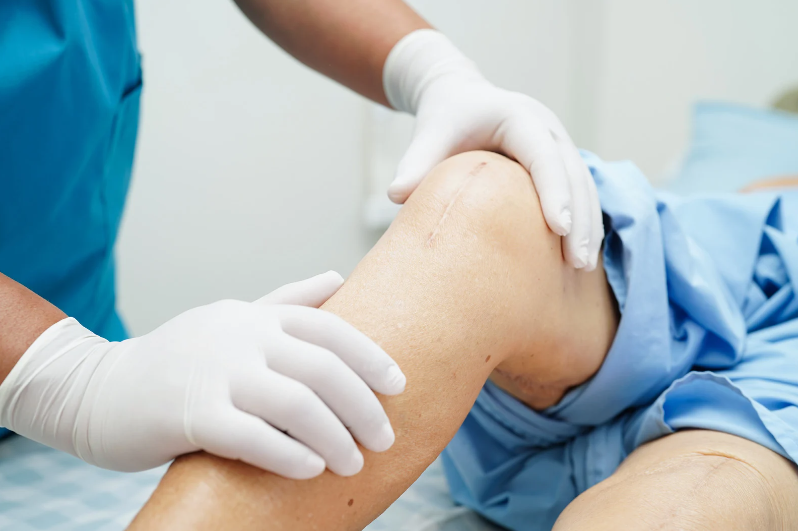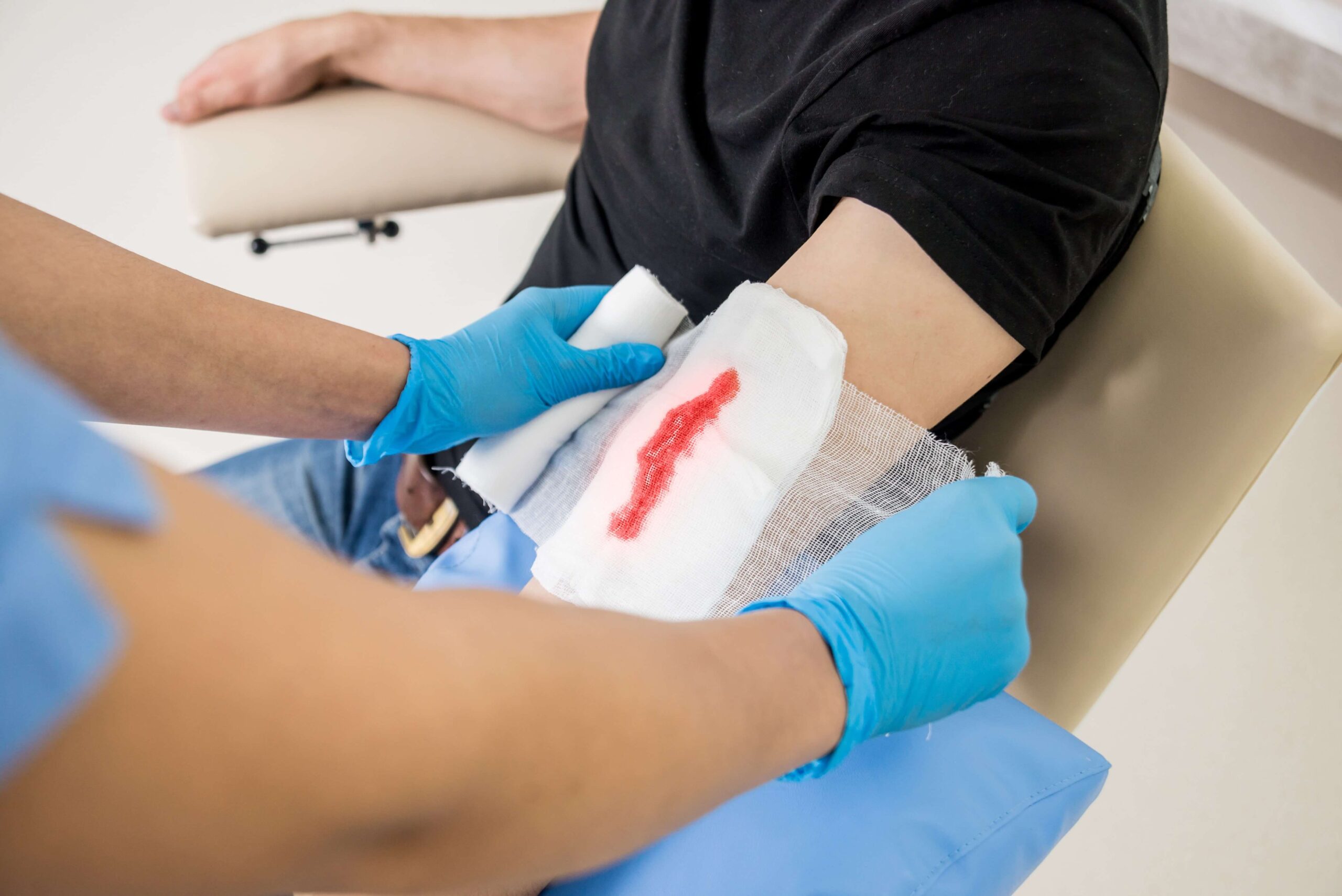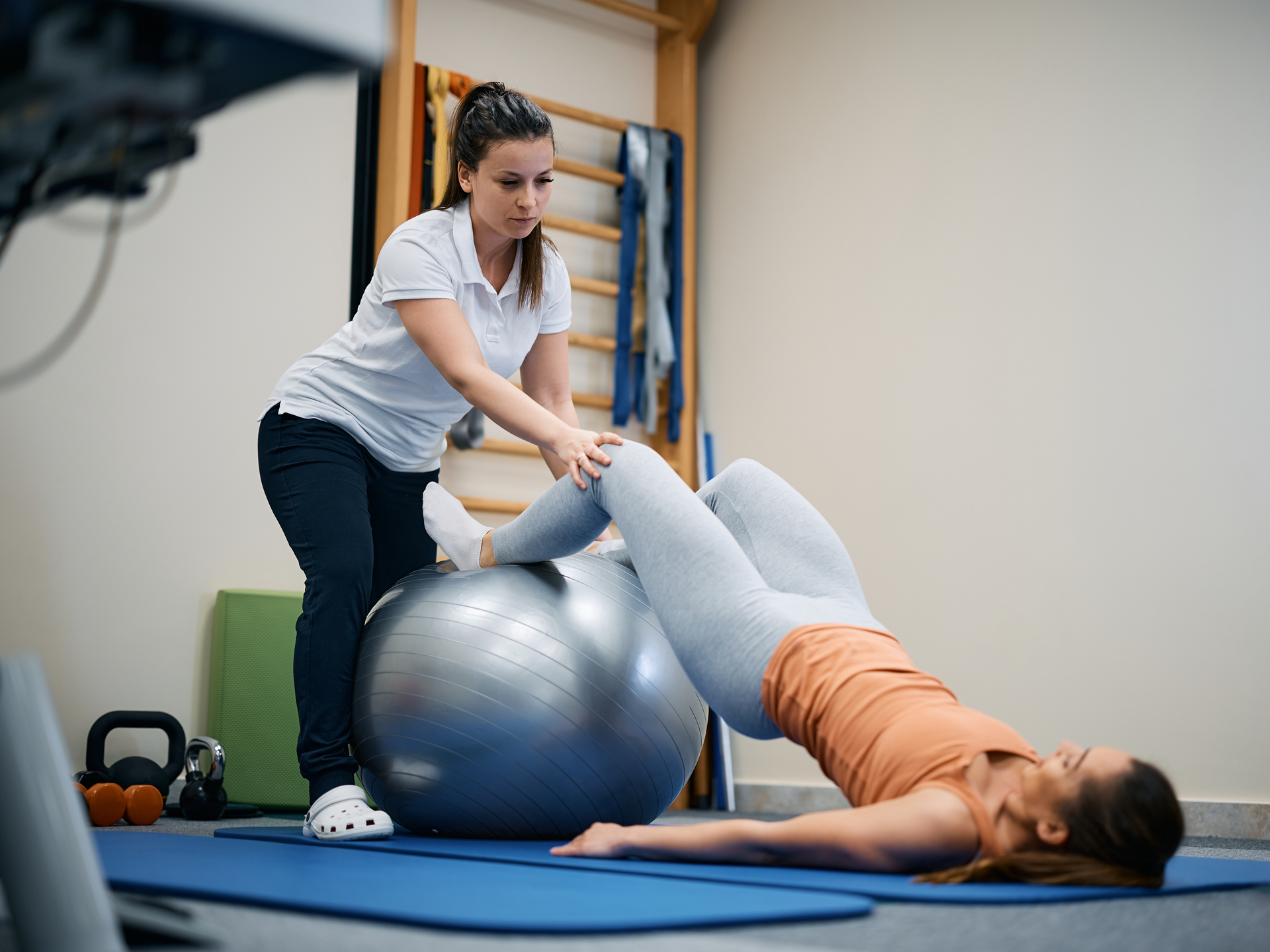Cupping has been embraced for centuries as an alternative healing method that promotes wellness, enhances circulation, and alleviates pain. With its roots in traditional medicine and a resurgence in popularity among modern health enthusiasts, this therapy is becoming a go-to treatment for various conditions. In this comprehensive guide, we will explore what cupping is, how it works, the different techniques available, and the benefits it provides, helping you understand how this age-old practice can fit into your wellness routine.
What is Cupping Therapy?
Cupping is an ancient therapy that involves placing cups on the skin to create suction. This suction helps to stimulate blood flow, reduce muscle tension, and encourage the body’s natural healing processes. The therapy has been used for centuries across various cultures, from ancient China to the Middle East, and continues to evolve with modern adaptations and techniques.
At its core, cupping therapy utilizes cups made from materials like silicone, glass, plastic, or bamboo. These cups are applied to the skin to create a vacuum effect, lifting the skin and underlying tissue. The increased blood flow not only nourishes the tissues but also helps in drawing impurities to the surface, facilitating detoxification and improved nutrient exchange between cells.
How Does Cupping Work?
Understanding the mechanism behind cupping is key to appreciating its benefits. The process begins when the cup is placed on the skin and a vacuum is created, either by using heat or a mechanical pump. This negative pressure causes the skin and superficial muscle layer to be drawn into the cup. As the skin is lifted, blood vessels expand, allowing for increased blood flow to the area.
This enhanced circulation is particularly beneficial as it facilitates the removal of toxins and supports the delivery of oxygen and nutrients to cells. Additionally, the suction creates more space between tissues, which can help in reducing inflammation and promoting faster healing. The overall result is a therapy that not only targets physical pain but also contributes to overall well-being by encouraging the body’s natural healing responses.
Types of Cupping Techniques
Cupping therapy can be tailored to suit individual needs, with two primary techniques commonly practiced: dry cupping and dynamic cupping. Both methods offer unique benefits depending on the condition being treated and the targeted muscle groups.
Dry Cupping: Dry cupping is one of the most common forms of this therapy. It involves placing cups on the skin to create suction without the use of any additional substances like oils or lotions. The cups used in dry cupping are typically made from silicone, glass, plastic, or bamboo. This method is widely recognized for its ability to increase blood circulation and facilitate the exchange of fluids and nutrients in the tissues.
In dry cupping, the suction effect helps to lift the skin and promote better blood flow to the affected areas. This enhanced circulation is particularly beneficial for areas like the back, shoulders, and legs, where muscle tension and discomfort are often prevalent. The therapy is not only aimed at relieving pain but also at stimulating the body’s natural healing processes, making it a holistic approach to health and wellness.
Dynamic Cupping: Dynamic cupping, also known as moving cupping, adds an extra dimension to the therapy by incorporating movement. In this technique, the cups are gently applied to the skin and then moved along the affected area. As the cups glide over the skin, they create a suction that varies in intensity, resulting in a dynamic massage-like effect.
The process begins with the soft tissue being drawn into the cup, causing a reddish hue on the skin as blood flow increases. The practitioner can adjust the pressure – whether light, medium, or strong – based on the patient’s comfort level and the therapeutic goals. Dynamic cupping is particularly useful for addressing localized muscle stiffness and improving overall tissue flexibility. Its moving nature allows for a more comprehensive treatment that targets not only specific points but also larger areas of tension.
Static Cupping: Static cupping involves placing the cups on specific areas and leaving them in place for a set period, typically between 2 to 10 minutes. This method is ideal for targeting deeper muscles, especially in regions such as the back, where muscle layers can be more resistant to movement. By keeping the cups stationary, static cupping allows for sustained suction on a particular area, thereby enhancing the effects of blood circulation and tissue expansion.
Patients often report feeling a deep sense of relaxation during static cupping sessions. While there may be a sensation of tightness due to the suction, the overall experience tends to be calming and therapeutic. This method is particularly beneficial for those who suffer from chronic pain or persistent muscle tension, as it provides a focused approach to alleviate discomfort.
Benefits of Cupping Therapy
Cupping therapy offers a wide range of benefits that contribute to its popularity among both alternative medicine practitioners and wellness enthusiasts. Some of the key benefits include:
- Enhanced Blood Circulation: The suction effect of cupping increases blood flow to the targeted area. This not only helps in delivering essential nutrients and oxygen to the tissues but also speeds up the healing process by removing toxins.
- Pain Relief: Many individuals turn to cupping as a natural way to relieve muscle tension and chronic pain. Whether it’s back pain, shoulder stiffness, or leg cramps, cupping can help alleviate discomfort by relaxing tight muscles and reducing inflammation.
- Improved Fluid and Nutrient Exchange: The vacuum effect created during cupping increases the space between tissues, facilitating better fluid and nutrient exchange. This promotes overall tissue health and aids in the recovery process.
- Detoxification: By drawing impurities to the surface, cupping supports the body’s natural detoxification processes. This can lead to a reduction in the buildup of toxins and improve overall health.
- Relaxation and Stress Reduction: Beyond its physical benefits, cupping is also known for its relaxing properties. The therapy can reduce stress and promote a sense of well-being, making it an ideal treatment for those dealing with anxiety or chronic stress.
- Versatility: Cupping therapy can be tailored to address a wide range of conditions, from sports injuries to chronic ailments. Its versatility makes it an excellent complement to other treatments and wellness practices.
What to Expect During a Cupping Session
If you’re considering trying cupping therapy, understanding what to expect during a session can help ease any apprehensions. Typically, a session begins with a consultation where the practitioner assesses your condition and discusses your goals for the treatment.
During the session, the practitioner will choose the appropriate type of cupping—whether dry, dynamic, or static—based on the area that needs attention. The cups are then applied to the skin, and you may feel a tight sensation as the suction takes effect. While the feeling of tightness might be unusual, it is generally not painful. In dynamic cupping, you may feel the cups moving along your skin, while static cupping involves leaving the cups in place for a period.
After the session, some patients experience temporary red marks or mild bruising, which is a normal reaction to the therapy and usually fades within a few days. The overall experience is often described as deeply relaxing, and many people report feeling a sense of rejuvenation and relief from muscle tension.
Who Can Benefit from Cupping Therapy?
Cupping therapy is suitable for a wide range of individuals seeking relief from various conditions. Athletes, in particular, find cupping beneficial for muscle recovery and injury prevention. The therapy can help alleviate muscle soreness, reduce inflammation, and speed up the healing process, making it an excellent addition to any sports or fitness regimen.
Individuals with chronic pain conditions, such as back pain or fibromyalgia, may also find significant relief through cupping. By improving blood circulation and reducing muscle tension, cupping can serve as a natural remedy to manage persistent pain without relying solely on medication.
Furthermore, those who experience stress and anxiety may benefit from the relaxing effects of cupping therapy. The treatment not only addresses physical symptoms but also promotes mental relaxation, contributing to an overall sense of well-being. However, it’s essential to consult with a healthcare provider or a certified cupping practitioner to determine whether cupping is the right treatment for your specific needs.
Takeaway
Cupping therapy offers a unique blend of ancient wisdom and modern healing benefits. From enhanced blood circulation and pain relief to improved detoxification and relaxation, cupping addresses both physical and mental well-being. Whether you opt for dry, dynamic, or static cupping, the therapy can be tailored to meet your individual needs, making it a versatile and effective treatment option.
For those looking to explore alternative therapies, cupping presents a holistic approach that complements other wellness practices. By increasing blood flow and facilitating nutrient exchange, cupping not only helps alleviate muscle tension but also supports overall health and recovery. As more individuals seek natural and non-invasive treatment methods, cupping continues to gain traction as an essential part of modern wellness regimens.
Before beginning any new treatment, it is advisable to consult with a certified cupping practitioner or a healthcare provider. They can help assess your condition, provide guidance on the most appropriate type of cupping, and ensure that the therapy is administered safely and effectively.
Cupping therapy is more than just a trend—it is a time-honored practice that has evolved to meet the needs of today’s health-conscious society. With its numerous benefits and adaptable techniques, cupping is a valuable addition to any holistic health plan. Explore this ancient therapy and discover the profound benefits it can offer for your body and mind.
